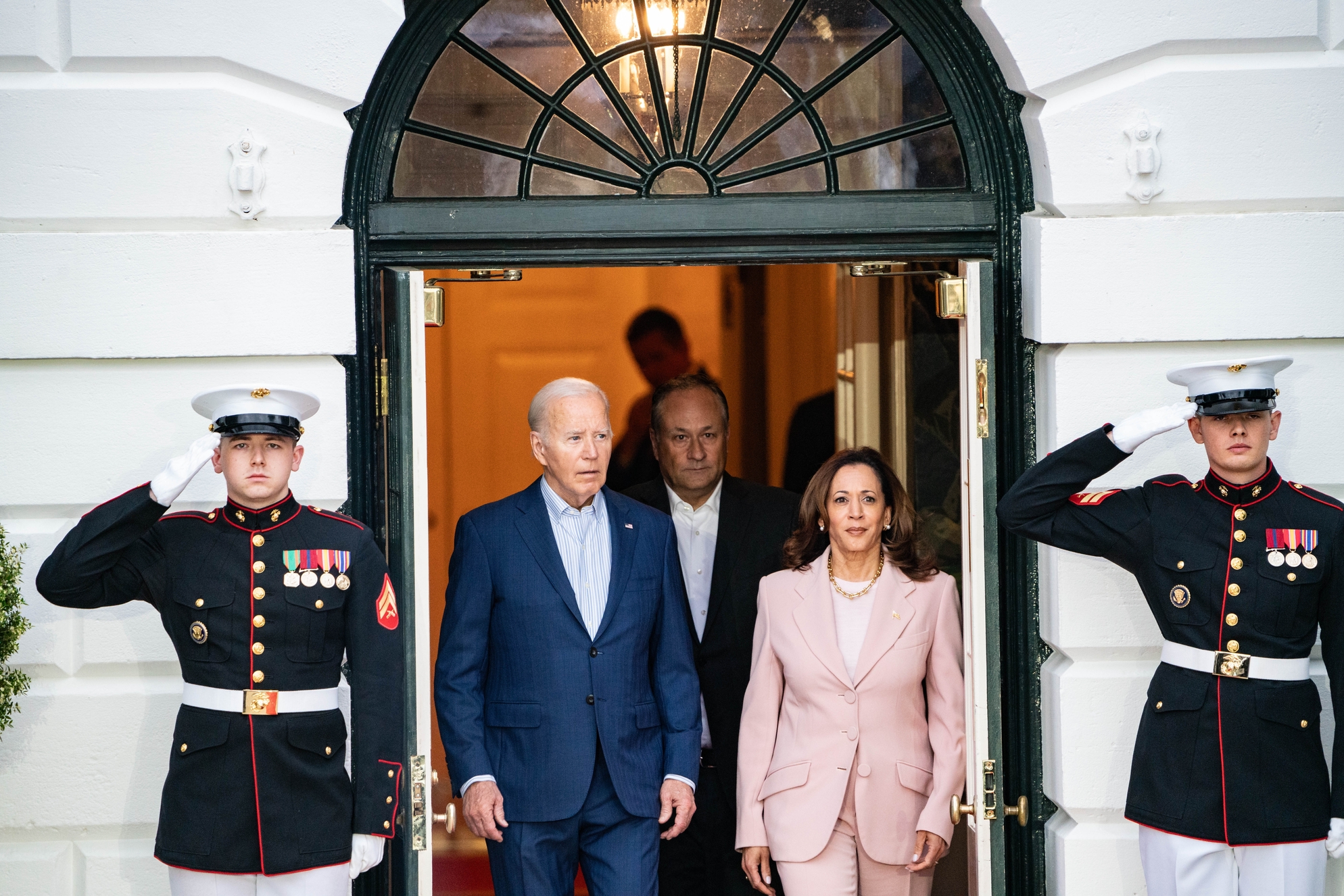A Fresh Take on Economic Policies
Pinpointing differences in the economic views of Kamala Harris and Joe Biden is no easy task: the two have promoted the same ideas and touted the same accomplishments for the past three-and-a-half years. But give this to Ms. Harris: she seems capable of wrapping their comprehensive policies, from semiconductor subsidies to student-debt cancellation, in more attractive packaging than her boss did. Mr. Biden called it his “build back better” agenda, a mouthful that never caught on. In recent speeches on economics, the backdrop behind Ms. Harris has displayed a more elegant phrase: “freedom to thrive.”
Extending Biden’s Social Agenda
Ms. Harris aims to extend, not refashion, Bidenomics. Mr. Biden delivered significant investments in American infrastructure, manufacturing, and green energy. Ms. Harris would continue that, but it is now mostly in its implementation phase. Her main focus would be on the social agenda left largely unconsummated by Mr. Biden, including securing more funding for kindergarten, higher wages for homecare workers, and paid family leave for all. “She’s very proud of that,” says Felicia Wong of Roosevelt Forward, highlighting Ms. Harris’s $18bn settlement for Californians hit by improper mortgage foreclosures.
Balancing Pro-Capitalist and Pro-Consumer Policies
Jim Kessler of Third Way, a centrist Democratic think-tank, notes, “You see just an unbelievable dynamism in the state economy, and then also the difficulties that this creates for middle-class people on affordability issues.” Ms. Harris’s approach is a blend of pro-capitalist and pro-consumer policies, reflecting her background as a California Democrat and her belief in the power of regulations to serve the public good. Her experience as California’s attorney-general shaped her belief in using rules to protect consumers, contrasting sharply with Donald Trump’s deregulatory stance.
Challenges and Risks Ahead
The fact that Kamalanomics looks so much like Bidenomics poses significant risks for her candidacy, given the unpopularity of Biden’s economic policies. In poll after poll, most Americans grade Mr. Biden poorly on the economy, their pessimism heavily colored by inflation. The same harsh judgment could easily apply to Ms. Harris, who cannot repudiate Mr. Biden’s economic record, having been so closely associated with it. She accentuates the positives, notably creating more than 15 million jobs under her and Mr. Biden’s watch, but must navigate the public’s persistent economic pessimism.
A Vision for the Future
Ms. Harris’s candidacy embodies both the promise and the pitfalls of Bidenomics. She brings a fresh perspective and a focus on social care that resonates with many Americans. Yet, she must overcome the shadow of economic challenges and public dissatisfaction. Her slogan, “freedom to thrive,” encapsulates a vision of economic growth and social welfare, but it remains to be seen if this will resonate with voters. As she continues to champion Bidenomics, Ms. Harris’s ability to connect with the American people and address their economic concerns will be crucial to her success.
Kamala Harris carries the torch of Bidenomics with a vision for a more inclusive and dynamic economy. Her focus on extending social policies and balancing pro-capitalist and pro-consumer measures sets her apart. As she navigates the challenges of public perception and economic realities, her commitment to ensuring the American people’s “freedom to thrive” remains steadfast. The future of her candidacy will depend on her ability to translate this vision into tangible benefits for all.







